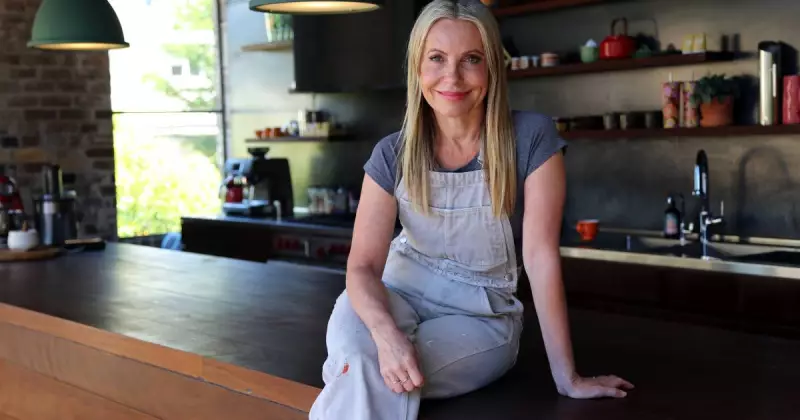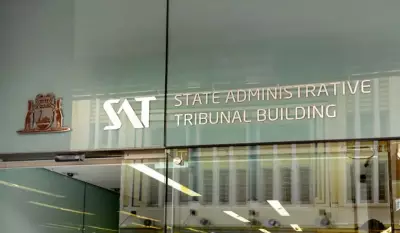
Australia's renovation queen Cherie Barber is issuing an urgent warning to homeowners and tradies about the silent killer lurking in properties across the nation. As ambassador for Asbestos Awareness Month this November 2025, Barber emphasizes that asbestos remains a significant threat in Australian homes.
The Hidden Danger in Australian Homes
Asbestos could be present in any home built or renovated before 1990, including brick, fibro, weatherboard, and clad homes, even apartments. According to Barber, the material was used so prolifically that it appears in over 3000 different building and decorator products.
"Today, asbestos-containing materials remain in one-in-three Australian homes in some form or another," Barber revealed. "It's not just renovators who need to be aware - anyone doing maintenance around a home, including tradies, needs to know how to avoid the risks."
What Not to Do With Asbestos
The core message of Asbestos Awareness Month focuses on knowing what activities to avoid when dealing with potential asbestos materials. The campaign delivers a clear list of prohibitions:
- Don't cut, drill, or saw it
- Don't sand, scrape, or scrub it
- Don't drop, dismantle, or demolish it
- Don't tip, waterblast, or dump it
- Most importantly, never remove it yourself
Barber explains that if asbestos-containing materials remain undisturbed, sealed and in good condition, they don't pose a health hazard. The danger emerges when these materials are disturbed during renovations or maintenance, releasing deadly asbestos fibres into the air.
The Real Health Consequences
The seriousness of proper asbestos management becomes starkly clear through health statistics. Clare Collins, chair of the Asbestos Education Committee, reveals that more than 51 percent of Australian mesothelioma patients may trace their exposure back to home renovations.
"Mesothelioma is an aggressive and terminal cancer caused almost exclusively by inhaling asbestos fibres," Collins stated. "We continue to see cases in women and young adults who were exposed to these deadly fibres as children while their parents were renovating or building the family home."
Collins emphasizes that disturbing asbestos-containing materials during DIY work can put entire households at risk, making awareness and safe management essential for every Australian homeowner.
The experts agree on one crucial recommendation: homeowners should never attempt asbestos removal themselves. Instead, they must use licensed asbestos professionals to assess, test, identify, and remove any asbestos-containing materials, because when it comes to this hazardous substance, it's simply not worth the risk.





